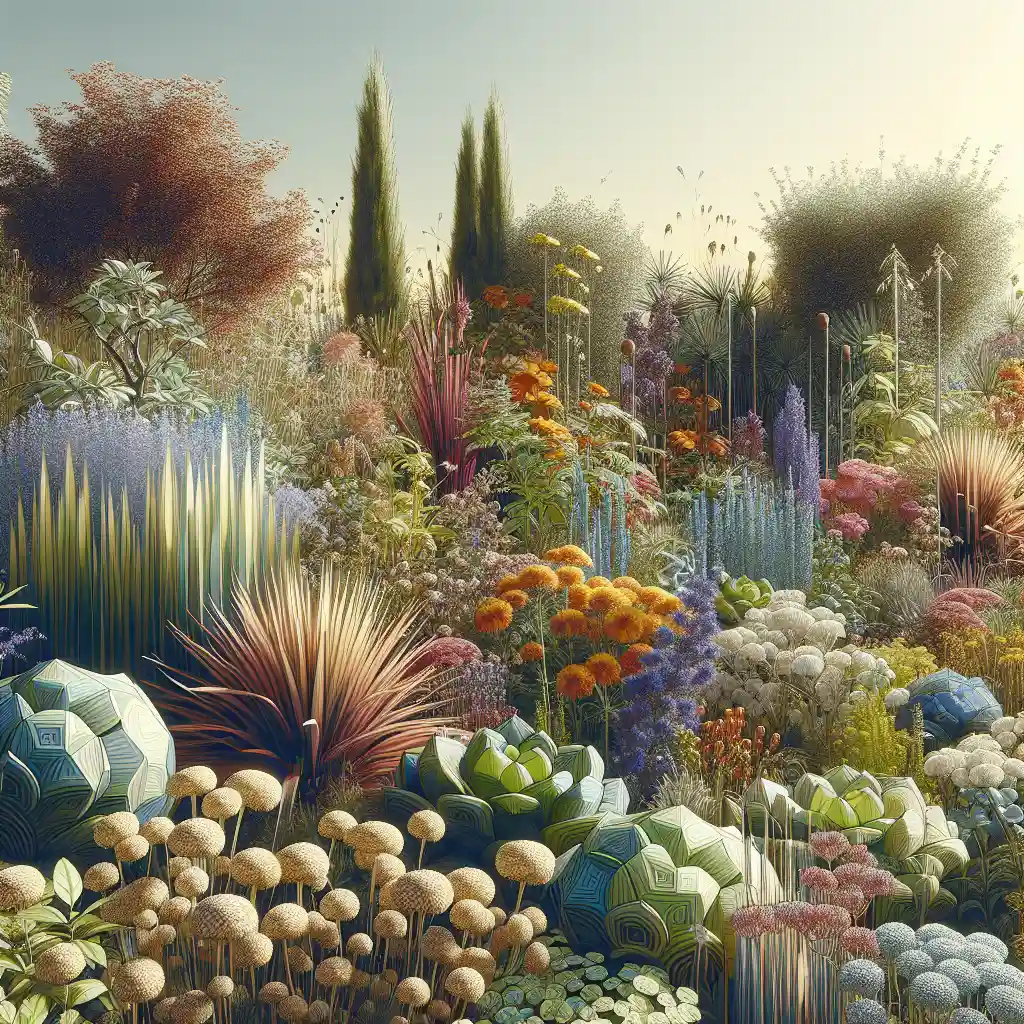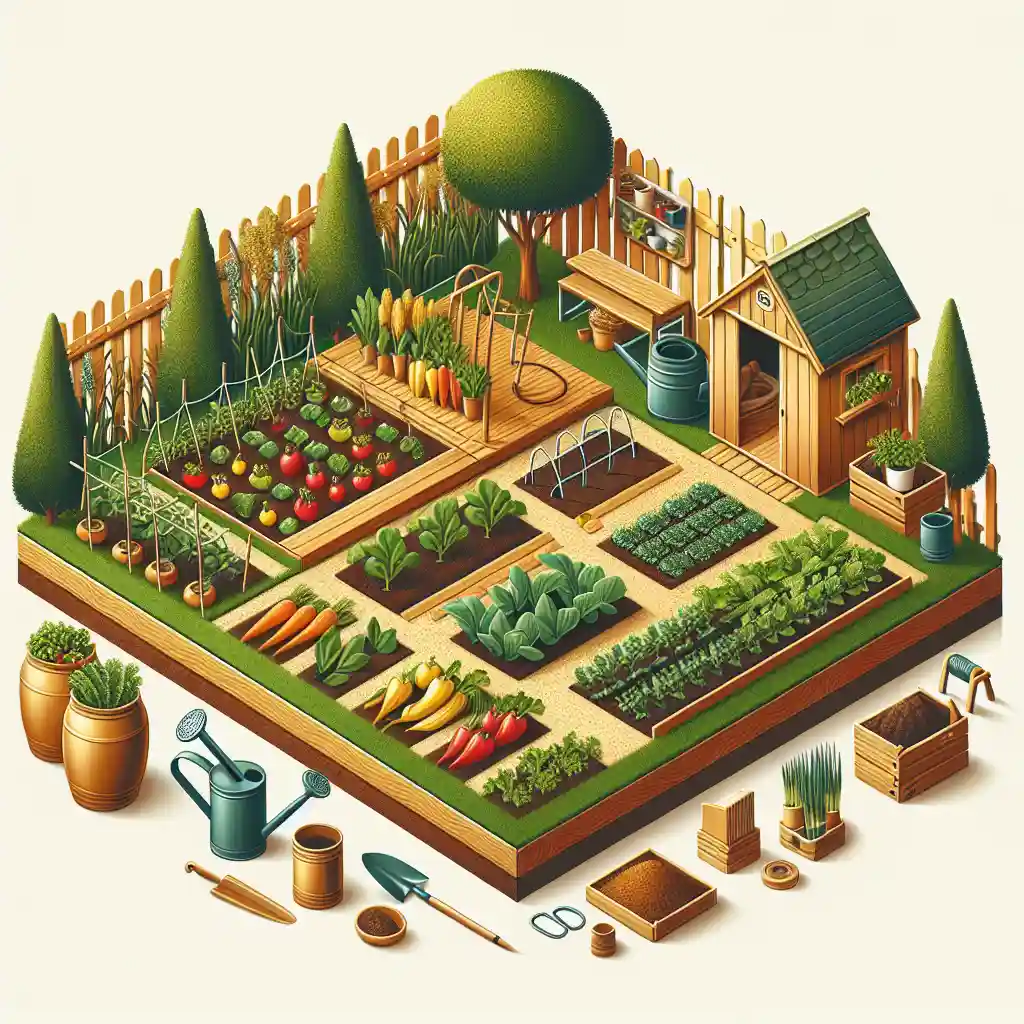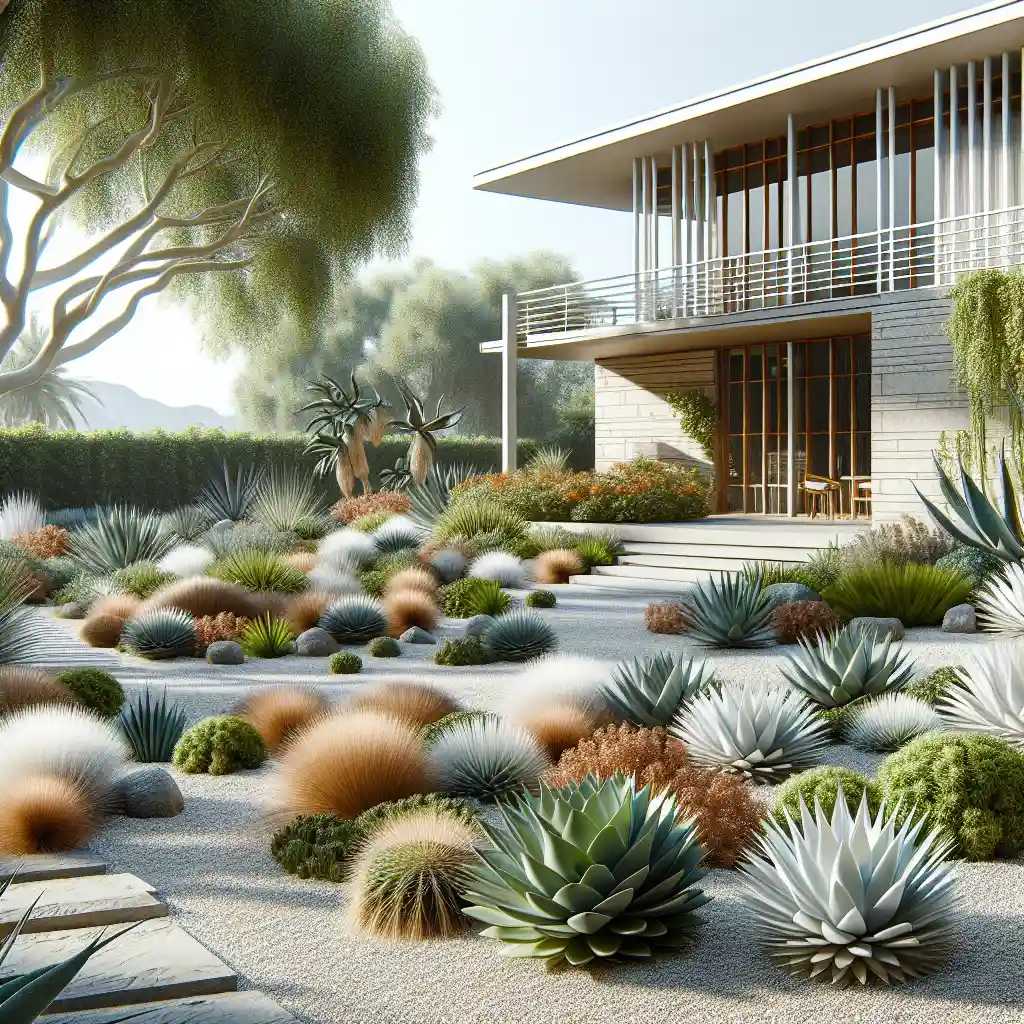Creating a Pollinator-Friendly Garden: Tips for Attracting Bees and Butterflies
Creating a pollinator-friendly garden is not only beneficial to the environment but also a visually appealing addition to your outdoor space. By incorporating bee-friendly plants and creating a pollinator habitat, you can attract bees and butterflies, helping to support these essential pollinators. In this blog post, we will explore some tips on how to make your garden a haven for bees and butterflies.

Choosing the Right Plants
Selecting the right plants is crucial when creating a pollinator-friendly garden. Opt for a variety of flowers that bloom at different times of the year to provide a continuous food source for bees and butterflies. Plants such as lavender, coneflowers, and milkweed are popular choices that attract pollinators. Additionally, native plants are highly attractive to local pollinators and are well-adapted to the climate and soil conditions in your area.
Providing Water Sources
In addition to flowers, bees and butterflies need access to water in your garden. Consider incorporating a shallow birdbath or a small pond with rocks for perching. Bees need water to drink and to cool down their hives during hot weather. By providing a water source, you can attract more pollinators to your garden and create a welcoming environment for them.
Creating Sheltered Spaces
Bees and butterflies also require sheltered spaces to rest and seek refuge from predators. You can create sheltered areas in your garden by planting dense shrubs or installing bee hotels. These man-made structures provide solitary bees with nesting sites, aiding in their reproduction and population growth. By offering sheltered spaces, you can encourage pollinators to visit and stay in your garden.
Avoiding Pesticides
Using pesticides in your garden can be harmful to bees and butterflies, as these chemicals can be toxic to pollinators. Instead of reaching for chemical solutions, opt for natural pest control methods such as introducing beneficial insects like ladybugs or planting companion plants that repel pests. By avoiding pesticides, you can protect the pollinators in your garden and create a safe environment for them to thrive.
Maintaining a Pollinator-Friendly Garden
Once you have established a pollinator-friendly garden, it is essential to maintain it properly. Regularly deadhead flowers to promote continuous blooming and remove weeds that compete with pollinator-friendly plants. Consider leaving some areas of your garden wild to provide natural habitats for bees and butterflies. By maintaining a healthy garden ecosystem, you can support pollinators and enjoy their presence in your outdoor space.
Creating a pollinator-friendly garden is a rewarding experience that not only benefits the environment but also adds beauty to your surroundings. By following these tips and actively attracting bees and butterflies to your garden, you can play a vital role in supporting these essential pollinators. Start planning your pollinator-friendly garden today and watch as it becomes a thriving habitat for bees and butterflies.


















